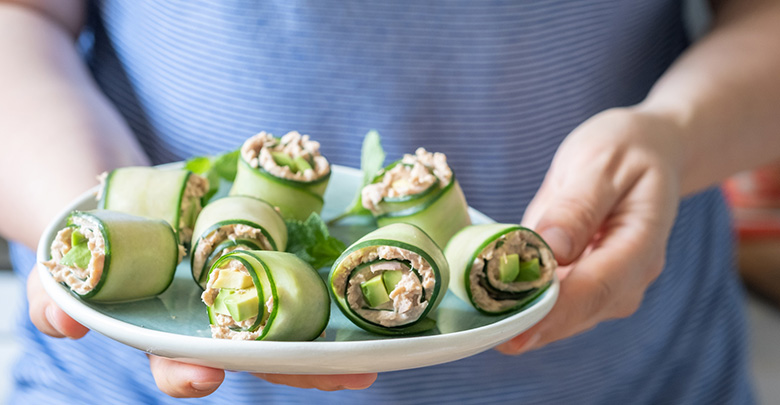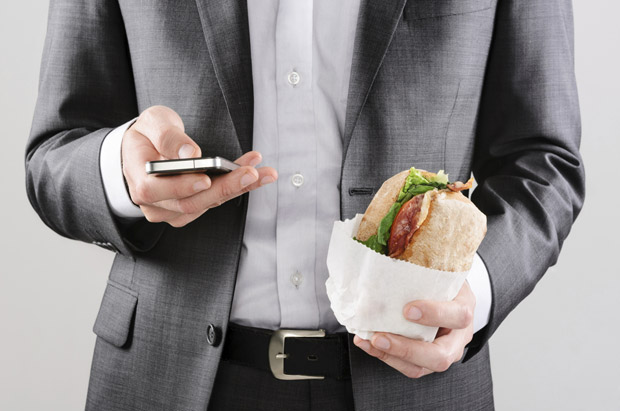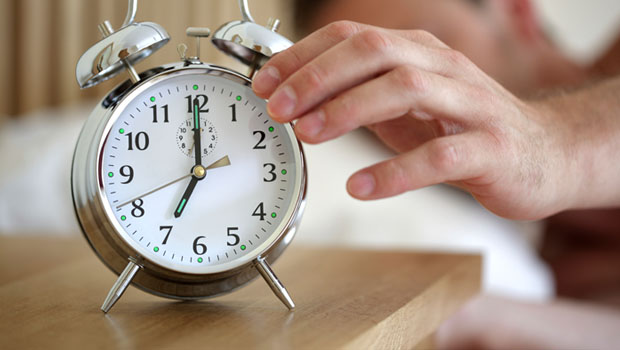What to do When a Strict Low-Carb Diet Doesn’t Work For You
Low Carb Diets are not for everyone and fortunately, they are not the only option for thoughtful eating

You know a strict low-carb diet isn’t working for you if you’re constantly bouncing between low-carb and all carbs.
And that’s okay — it doesn’t have to work for you because it’s not the only option.
Just because you have diabetes doesn’t mean you ought to effortlessly and willingly embrace a strict ketogenic or low-carb diet. It’s easy to assume that if you can’t stick to it, you are the problem. This is just not true.
Not only is following this type of eating difficult, but it can also be less-than-healthy for certain personalities. For many, creating too many rules and restrictions only leads to an unhealthier diet rather than a healthy one.
That being said, it’s helpful to have some guidelines around your nutritional habits as a person with diabetes because what you eat does have a tremendous impact on your blood sugars. There’s no arguing there!
Here are 5 nutrition tips to follow when a low-carb diet doesn’t work for you:
- Remove all the rules
- You can eat anything
- Think about how many carbs per day is right for you
- Create your own guidelines and intentions
- When you fall off-track, dust off, and move on
Remove all the rules
Yes, all of them.
As a person with diabetes, you have been inundated by shoulds and should not’s and don’ts and can not’s around food. You’ve been taught to feel guilty if you eat something indulgent. You’ve been taught that you’re “bad” if you eat something starchy like bread and that something like bread is “bad food.”
Now, I’m suggesting you remove all of those rules.
- All of the ‘should not’s’ and ‘can not’s’
- All of the guilt and scolding
- Get rid of them
You can eat anything
You know what, you can actually eat anything you want because you are the one who chooses every day what you’re going to put in your mouth!
No one is in charge of your food choices besides you. It’s your choice! You can choose to eat cupcakes all day if you wanted to do so. You can choose to eat a big salad and a chicken breast with ranch dressing for lunch if you want.
There are no rules. Just food.
And your own power to choose which foods you put in your mouth. Take some time to clear those rules out of your head and experience what it feels like to simply make thoughtful decisions around food rather than trying to abide by a set of rules.
Think about how many carbs per day is right for you
Just because somebody wrote a book or a website that preaches eating no more than 20 or 50 grams of carbs per day does not mean that’s the right amount of carbohydrates for you!
A few things to consider when determining the right amount of carbs for you:
- What is your favorite carb-loaded food that you love eating, that you feel deprived of if you try to cut it out of your diet completely? (My personal example: homemade desserts and fruit)
- How often do you want to include that favorite carb-loaded food to avoid feeling deprived? (My personal example: fruit = daily and homemade desserts = several times a week but only once per day on the days I eat them)
- Which carbs do you know you could truly limit or avoid regularly that you wouldn’t miss at all? (My personal example: bread, muffins, chips, sandwiches, sugary beverages, and pasta.)
- What times of day do you crave carbs the most? (My personal example: mid-afternoon and evening.)
- Does tracking your exact carb-intake leave you feeling empowered or obsessively exhausted? Does tracking every gram of carbohydrate help you stay within your goals over the course of weeks and weeks? Or does it backfire and make you want to rebel against your own intentions?
Create your own guidelines and intentions
Listen, if trying to avoid bread and dessert all day long every day only makes you want to eat all of it for the next 7 days straight, then that is not a great longterm plan for you.
Ignore the trendiest version of low-carb eating and create a version that works for you!
A few examples:
-
- Low-carb until 3 p.m. with an all-day focus on eating mostly real food, vegetables in some form at least 3 times a day, and two higher-carb choices per day, once in the afternoon and once in the evening. Aiming for 150 grams of carb per day, give or take.
- Low-carb Monday thru Thursday, aiming for 75 grams of carb per day total. Friday thru Sunday, have two higher-carb choices per day while striving to keep other meals low-carb, focused on vegetables and protein.
- Every day: listen to your body, eat mostly real food that grew from the earth along with high-quality protein sources that you’ve mostly cooked yourself. When it’s time for a higher-carb choice, eat it, enjoy it, and move on!
- Eat a higher-carb diet if that’s what your body feels best eating! Maybe following a low-carb diet isn’t the best plan for you? Maybe your body type does well with carbs! That’s okay. It still comes down to making thoughtful choices and eating mostly real food. If you’re choosing more rice and beans than your low-carb pals, and you’re able to stay mostly within your blood sugar goals, then that’s your choice.
When you fall off-track, dust off, and move on
The quickest way to recover from a not-so-thoughtful day of eating? Take the emotion out of it and move on. Even if you’re going to purposefully eat waffles with syrup, followed by a bread-loaded BLT, followed by a night of lasagna and cake…enjoy the day. Do the best you can to manage your diabetes.
And then wake up the next day and get back on track with your more intentional nutrition guidelines.




